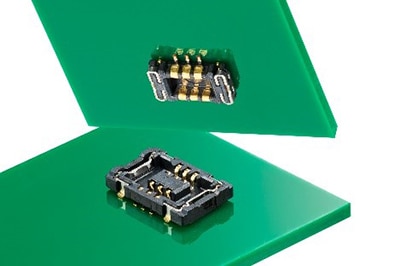Tech for Good: The “mHealth Revolution”
Smart Healthcare
IoT is transforming healthcare for both clinicians and patients. This growth in the use of smart devices and networks for health and social care has been labelled the “mHealth revolution”.

A multitude of connected mobile devices now enable faster diagnoses, quality aftercare, independent living, and increased patient self-care.
Wearable tech that can be worn 24 hours a day and connect wirelessly to specialist apps on internet-enabled devices, has been driven largely to date by consumer demand. Yet, arguably the greatest opportunities to revolutionize health care are still waiting to be driven by healthcare providers themselves as the financial burden of an ageing global population necessitates change.
Prevention is better than cure
Connected devices empower patients to take control of their health and well-being from home. Monitoring of vital signs such as heart rate, blood pressure and temperature can alert the patient to acute illnesses. Additionally, longer-term tracking of other important health markers including sleep quality, heart-rate variability and stress, and movement and exercise can motivate behavior change.
Take this up a level, and these connected devices transmitting health data directly to clinicians or online health professionals can facilitate quick and efficient remote delivery and updating of treatment plans in real time. Interactive personalization of healthcare has been demonstrated to keep patients better engaged in long-term treatment programs.
Perhaps more importantly, the detection or prevention of health complications upstream of their developing into serious complaints requiring hospitalization, offer the opportunity to free up valuable resources and reduce costs for already overburdened healthcare providers.
Developments in mHealth IoT devices provide patients and clinicians with more information and control over long-term health outcomes than ever before. This not only helps reduce the burden of acute health crises; it also reduces the risk of long-term complications requiring expensive medical interventions.
Here we look at some of the industry challenges faced by mHealth device developers and explore how Molex is delivering solutions.
Challenge #1
Miniaturization
Enabling the continuing evolution of smart mHealth devices requires the ongoing miniaturization of sensors and wearables. Lightweight, unobtrusive connected devices to manage health and well-being are essential for patient comfort and convenience. As consumers continue to demand smaller devices with greater functionality, the need for optimized microminiature designs grows.
Solution #1
SlimStack Connectors achieve up to 11.0 A of power with electrical reliability in an ultra-compact design to meet tight-packaging needs.
Available in 0.35, 0.40, 0.50, 0.635 and 0.80 mm pitch and above versions to meet almost every compact and ultra-compact design requirement, SlimStack Board-to-Board Connectors deliver a wide selection of low-profile, narrow-width options in various mated heights and circuit sizes.
 SlimStack High Retention Force Board-to-Board Connectors
SlimStack High Retention Force Board-to-Board Connectors
Challenge #2
High performance and reliability
Demands for greater device functionality and power are increasing the amount of microminiature connection points within applications. Secure electrical and signal connections at every point are critical for real-time data collection and transfer. Mobile device customers want extra reliability, as their products are often subject to shock, vibration or rough handling.
Solution #2
SlimStack Connectors deliver exceptional signal performance and electrical reliability, thanks to multiple clever design features.
A feature of the low-height SlimStack connectors is their dual-contact design, which delivers secure contact reliability even when devices are subjected to shock and vibration, making these connectors especially suited to mobile and handheld devices.
Standard design features across the SlimStack range include long connector mating lengths, which can remove foreign objects, and wide alignment areas. These provide easy and secure mating during assembly to ensure correct mating and electrical reliability. Additionally, armor nails prevent housing damage and help ensure robustness for applications where critical devices can receive rough handling.
SlimStack High-Retention Force (HRF) Connectors feature a triple-lock design offering a 48% greater retention force than is found in SlimStack standard low-profile connectors. Furthermore, a wide latch that makes a clearly audible click sound when it is engaged assures a secure mate.
 SlimStack Board-to-Board Battery Connectors
SlimStack Board-to-Board Battery Connectors
Challenge #3
Increasing compact power and data requirements.
Customers need compact and high-power connectors with a hybrid power and signal interface to maximize design flexibility and save space.
Solution #3
SlimStack Battery Connectors feature a hybrid interface of robust signal and power contacts for space-constrained devices.
Delivering up to 11.0 A with a robust dual-contact hybrid interface, SlimStack Board-to-Board Battery Connectors meet the growing demands for increased power and data functionality within space-constrained applications. Combining extra signal lines with power into a compact connector footprint provides designers with space-savings in battery and other power applications.
In summary
Based on its unique design, Molex SlimStack Board-to-Board Connectors provide space savings, secure mating retention, and superior electrical reliability to solve the most challenging designs of medical device customers and advance connected healthcare technology.

Have questions or comments? Continue the conversation on TechForum, DigiKey's online community and technical resource.
Visit TechForum











